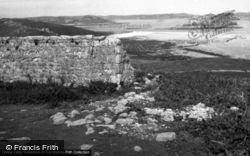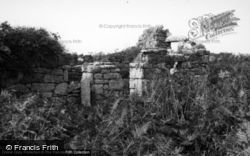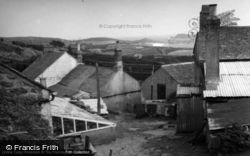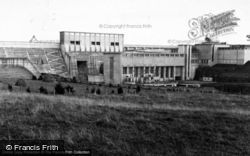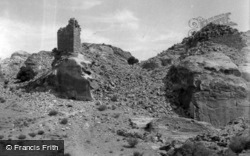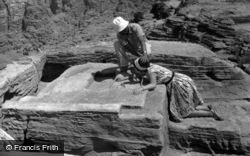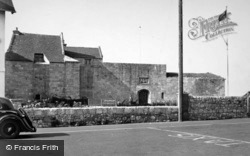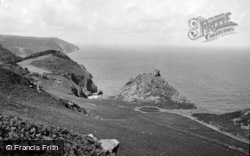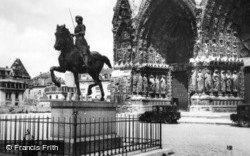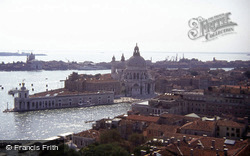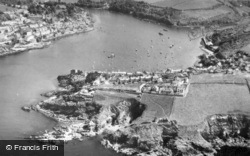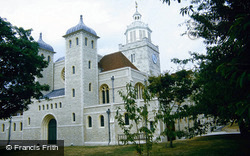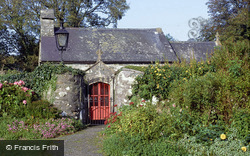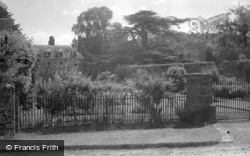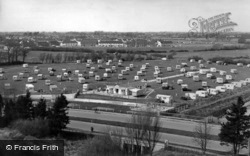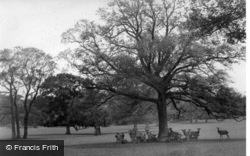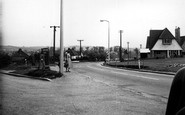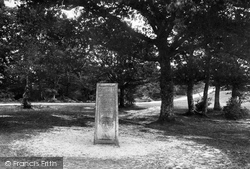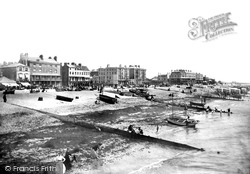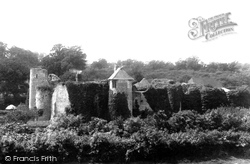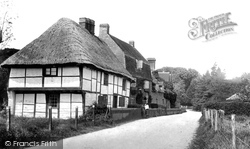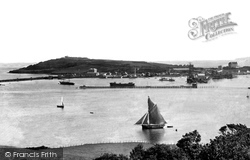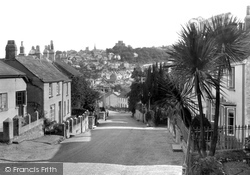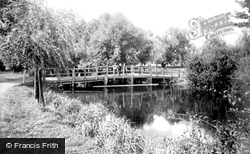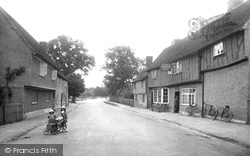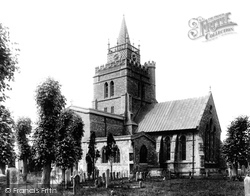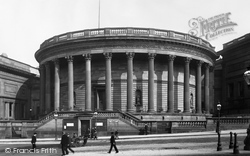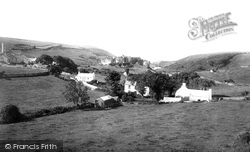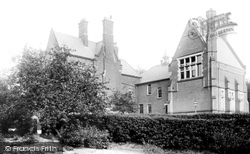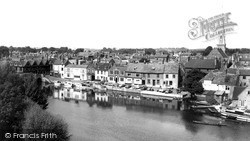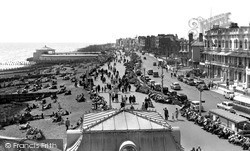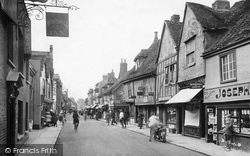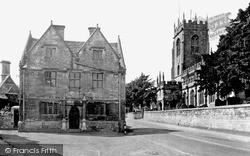Places
36 places found.
Those places high-lighted have photos. All locations may have maps, books and memories.
- Shanklin, Isle of Wight
- Ventnor, Isle of Wight
- Ryde, Isle of Wight
- Cowes, Isle of Wight
- Sandown, Isle of Wight
- Port of Ness, Western Isles
- London, Greater London
- Cambridge, Cambridgeshire
- Dublin, Republic of Ireland
- Killarney, Republic of Ireland
- Douglas, Isle of Man
- Plymouth, Devon
- Newport, Isle of Wight
- Southwold, Suffolk
- Bristol, Avon
- Lowestoft, Suffolk
- Cromer, Norfolk
- Edinburgh, Lothian
- Maldon, Essex
- Clacton-On-Sea, Essex
- Norwich, Norfolk
- Felixstowe, Suffolk
- Hitchin, Hertfordshire
- Stevenage, Hertfordshire
- Colchester, Essex
- Nottingham, Nottinghamshire
- Bedford, Bedfordshire
- Bury St Edmunds, Suffolk
- Aldeburgh, Suffolk
- St Albans, Hertfordshire
- Hunstanton, Norfolk
- Chelmsford, Essex
- Bishop's Stortford, Hertfordshire
- Peterborough, Cambridgeshire
- Brentwood, Essex
- Glengarriff, Republic of Ireland
Photos
9,106 photos found. Showing results 6,021 to 6,040.
Maps
181,006 maps found.
Books
11 books found. Showing results 7,225 to 11.
Memories
29,054 memories found. Showing results 3,011 to 3,020.
What Happened To Me
My name was Lynette Evans I’d just like to say hi to everyone that has shared memories of Splott. I remember so much, so clearly, I was barely 3 years old when I moved from Llanharran to Portmanmore Road. It was a supermarket ...Read more
A memory of Splott in 1964 by
Lampits Hill
I was born June 1953 in the white bungalow just to the right of the woman in the photo. It was called "Meadway" and my parents moved there in 1950 when there was just fields opposite where the houses can be seen. My sister still lives ...Read more
A memory of Corringham by
The Old Man At Waggoners Wells
The person was probably 'Tiny' who was the National Trust warden. He was also an entertainer who regaled us with stories and jokes of the local area. We met him when we lived at Ford Cottage in the early 1950s. He had names for the swans and each of the cygnets on the second pond.
A memory of Waggoners Wells by
Happy Childhood Memories
My life in Edwinstowe started in 1953. My father was starting a new job of caretaker at King Edwin School, l was three years old. My new friend was Jean Matkin whose father also worked at the school, we had many happy ...Read more
A memory of Edwinstowe in 1953 by
Portmanmore Road 1964 Part Two
My dad was from Bridgend and my mother was from Llanharran. In 1961 soon after they’d got together, I was conceived, they left the valley's and moved in with my Nan, Maureen Payne / Pobihem, and Step Grampy, Polish ...Read more
A memory of Splott in 1964 by
Tin Tan Tommy
I moved to the hill as a child with my brother and sisters in the early 1950as to Dagnam Park Square. We had a lovely wood there to play in. Tin Tan Tommy was our best game, standing on the sand bin spying out the other kids and ...Read more
A memory of Harold Hill in 1956 by
The Best Memories
I was born in Otley hospital as were most from Guiseley and all around. In 1969 I was posted there as a police officer and stayed until 1974. My daughter was born there in 1972 and my dad died there on his 81st birthday. I know every ...Read more
A memory of Otley in 1969 by
Childrens Home
I attended Onslow County Secondary school in the late 1950s. I remember there were several children attending who came from that children's home at Pilgrim's Way. I always remember them as being well adjusted and extremely well ...Read more
A memory of Guildford in 1959 by
Shirley Avenue
I lived as a child in Croydon. My memories were the shops, tea at Alders, a special treat of milk shake at Macdonalds (there was only one at that time and it tasted better!). There was a sweet shop at the bottom of Shirley Avenue where ...Read more
A memory of Croydon in 1980
Your search returned a large number of results. Please try to refine your search further.
Captions
29,158 captions found. Showing results 7,225 to 7,248.
The stone reads: 'Here stood the oak tree in which an arrow shot by Sir Walter Tyrrell at a stag glanced and struck King William the Second surnamed Rufus on the breast of which he instantly died
Archaeologists say that during the Dark Ages the village centre was north of the church, around what is now the car park opposite the Civic Hall.
A mile or so south of Quorn, the camera looks north towards the weir, with Hawcliff Hill and Buddon Wood to the left.
The gap to the right between terraces is the end of the Steyne Gardens, laid out after 1807, and originally intended as the centre of the resort, but most development in fact went westward.
This romantic-looking castle, set in a bend of the River Medway, was founded in early Norman times, and rebuilt in the late 13th century by Sir Stephen de Penchester, the Warden of the Cinque Ports.
This village comprises little more than this cluster of charming cottages just off Watling Street, but it has associations with two noted authors.
These were the heady days of vision, ambition and plain hard work that transformed a small hamlet int the great Victorian town of Barrow-in-Furness, which was once described as the Chicago of Britain.
Henry VIII's Pendennis Castle stands proud on the headland which gives shelter to the dock area of one of the great natural harbours of the world.
Now on the B3254 to Bude, St Stephens Hill was one of the roads administered by the Turnpike Trust, who set the tolls.
Now on the B3254 to Bude, St Stephens Hill was one of the roads administered by the Turnpike Trust, who set the tolls.
Further east along The Embankment, Newnham Bridge crosses the north branch of the River Ouse at the south end of Tennyson Road. We are looking east from the north bank.
East of the church and the Moot Hall, a jettied timber-framed building of about 1500, standing in its green, is the main north-south village road, the High Street.
The large parish church is mostly 13th- century, but it was heavily restored by the great architect Sir George Gilbert Scott, a native of Buckinghamshire, between 1849 and 1869.
In front of the church is the County Museum; nearer the camera, behind the 'No Waiting' sign, is one of Aylesbury's best town houses, with arched sash windows to the ground floor.
This building was named after Sir James Allanson Picton, antiquary and architect, knighted in 1881, the first chairman of the Liverpool Libraries Committee.
Stephen of Tisbury, archdeacon of Wiltshire, founded a Trinitarian friary here in 1245 to serve as a hostel for poor travellers.
We are looking down from the keep of Clitheroe Castle to the town below.
The castle underwent large-scale remodelling and extension over a 50-year period during the 13th century, much of the work being commissioned by John de Barri.
This is the site of Bury Fair, the great social and trading focus of Bury in the late 17th to early 19th centuries.
NOW, as we come into the third millennium, it is possible to see that all three communities have become essentially suburban areas, in that few people depend for their living on locally owned farms
In the 17th and 18th centuries, the Quay was a scene of bustling activity with barges loading and unloading their cargoes.
By 1937 the town was being promoted as both a summer and winter resort, and hotels now occupied much of the sea front and the area behind it.
The cluster of half-timbered houses dated from the late 15th century. Known as The Friars, they marked the position of the Dominican priory's gatehouse.
Winchcombe's long central street becomes in turn Hailes Street, High Street, Abbey Terrace, Gloucester Street and Cheltenham Road, showing off a great variety of magnificent architecture along the way.
Places (6814)
Photos (9106)
Memories (29054)
Books (11)
Maps (181006)





